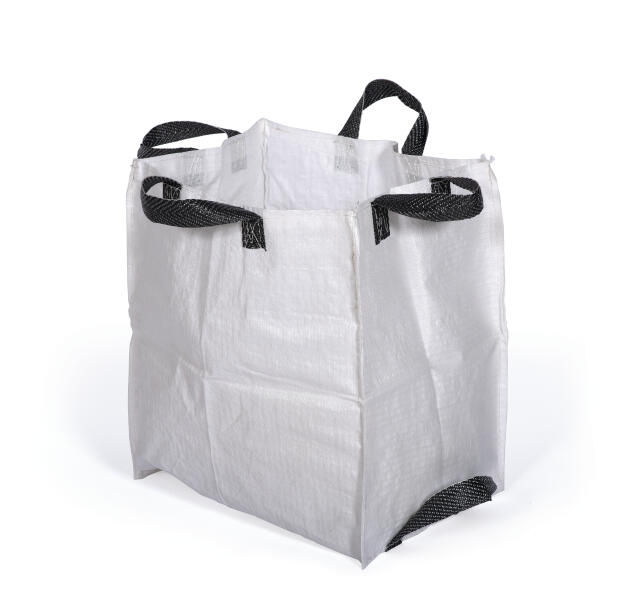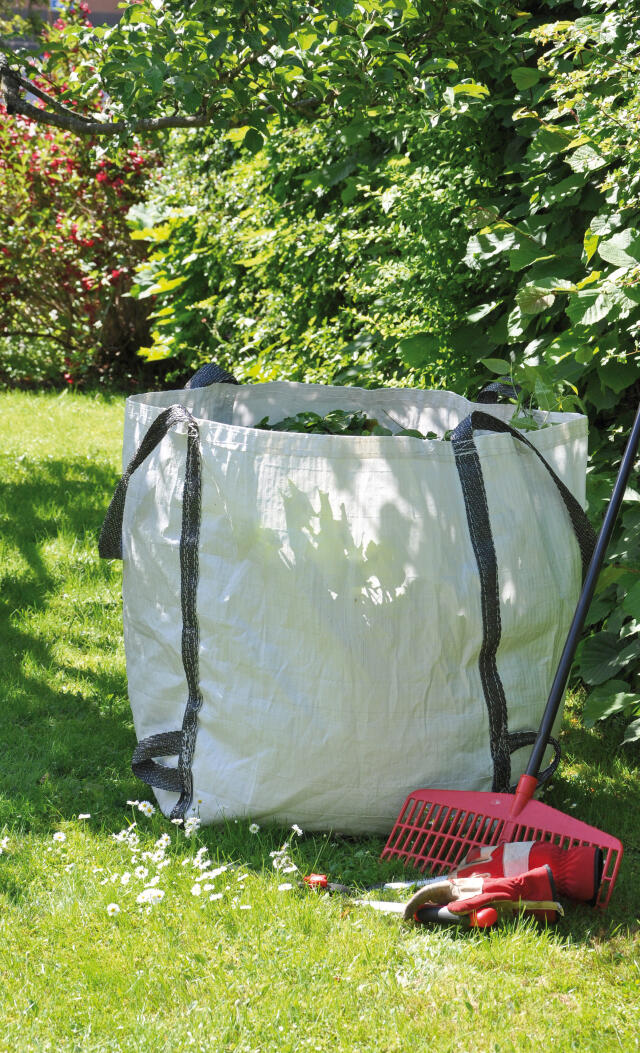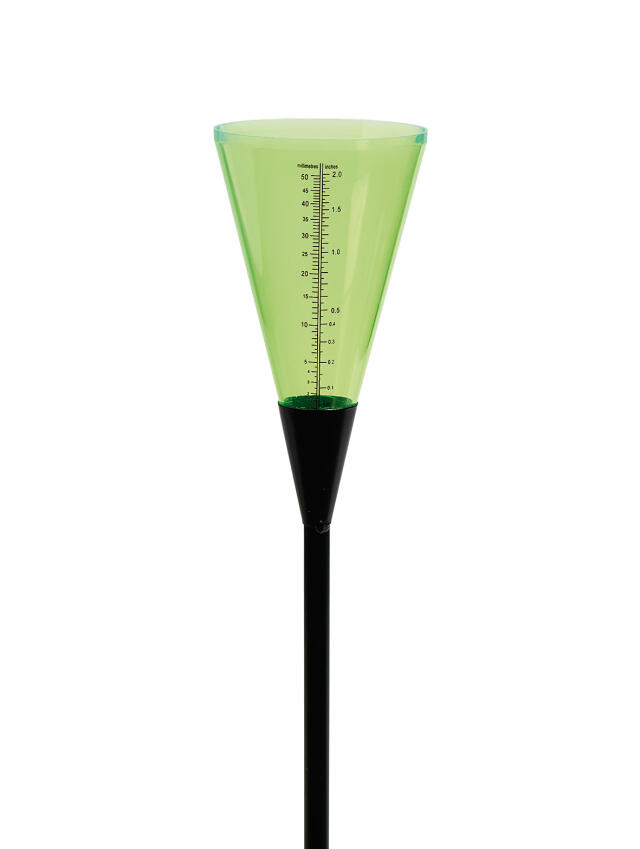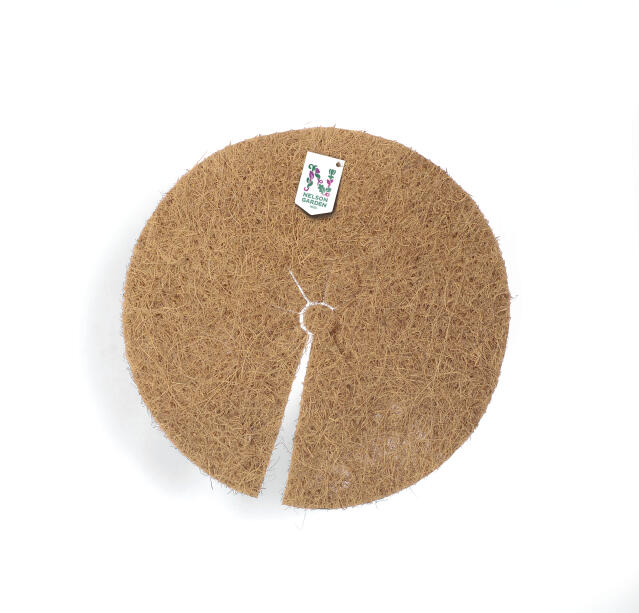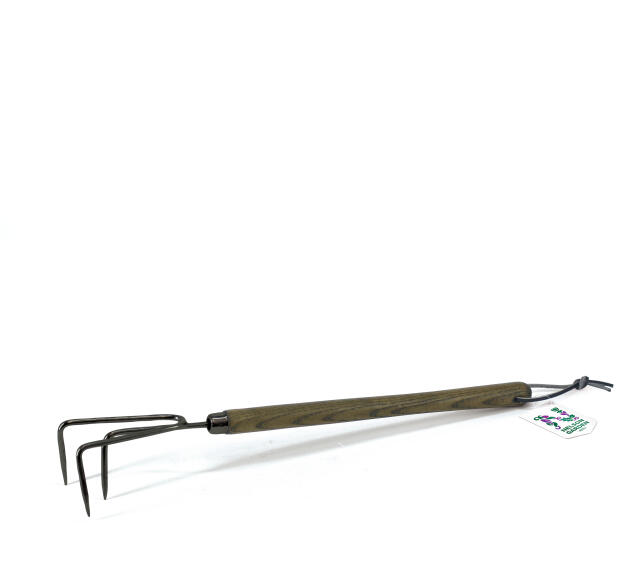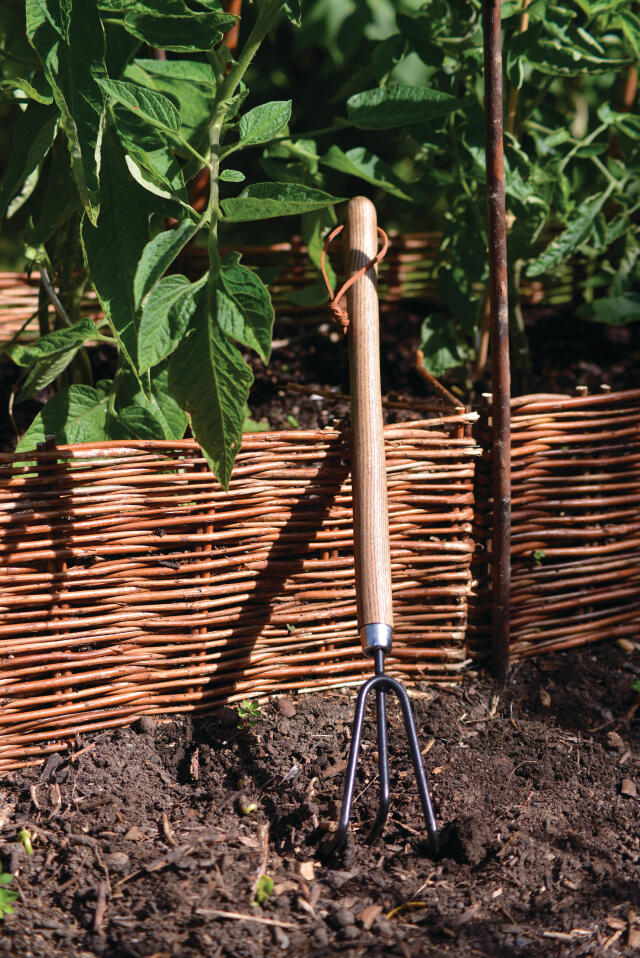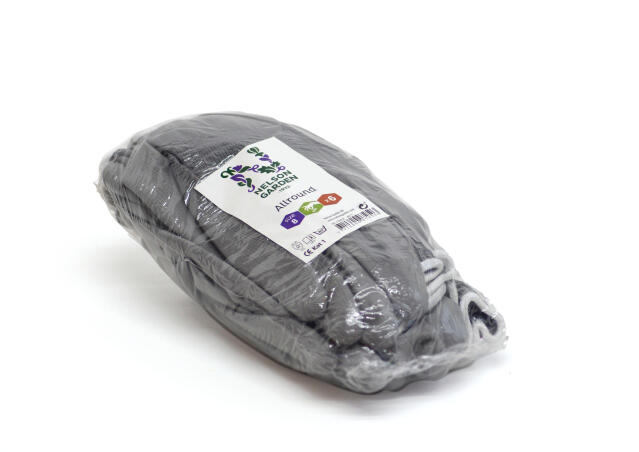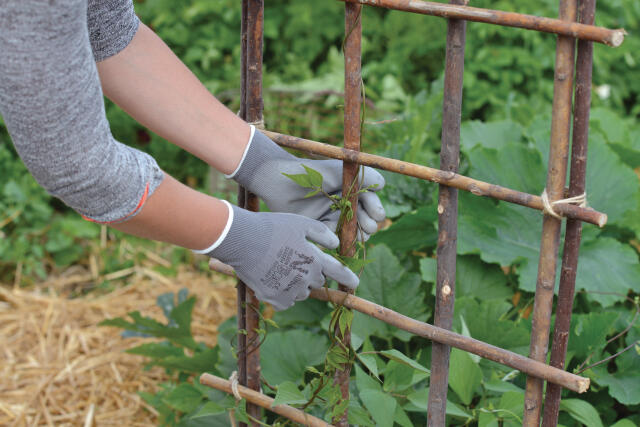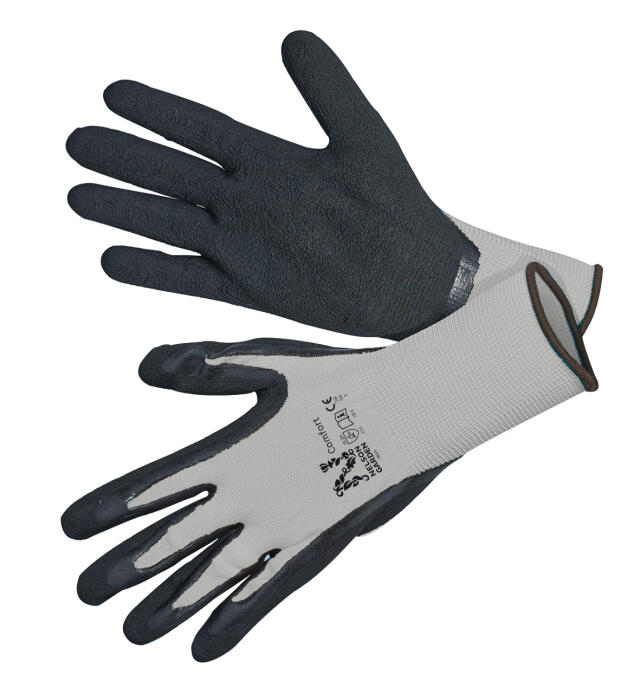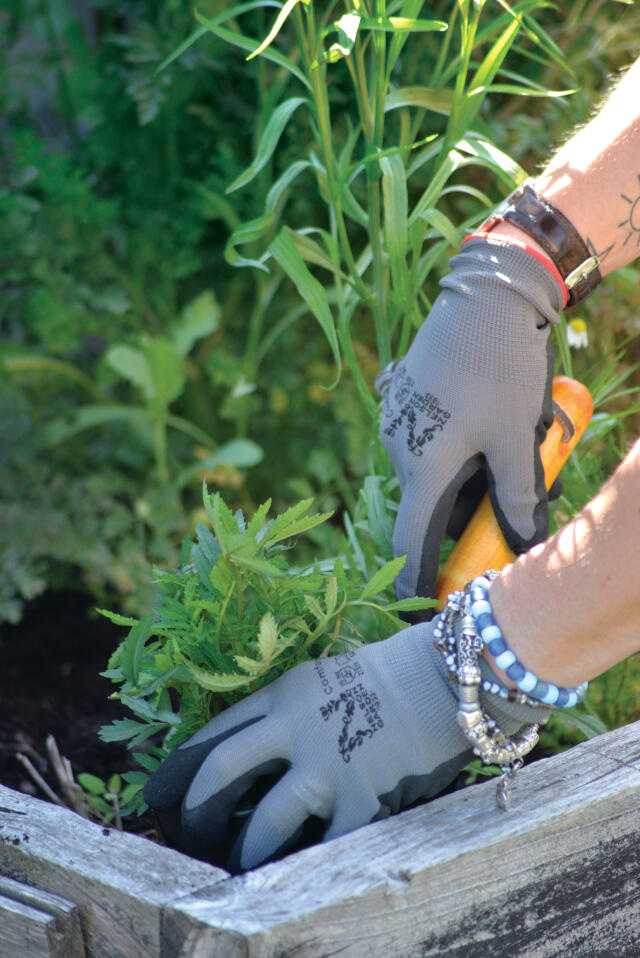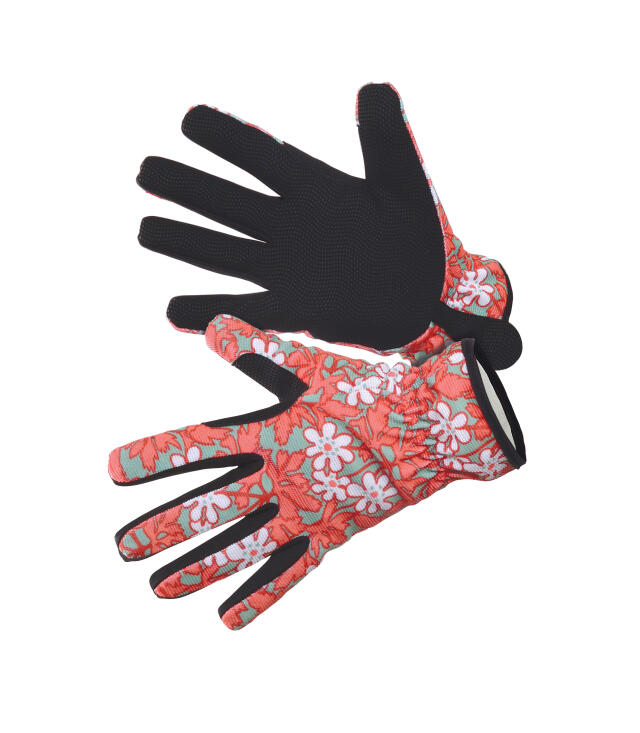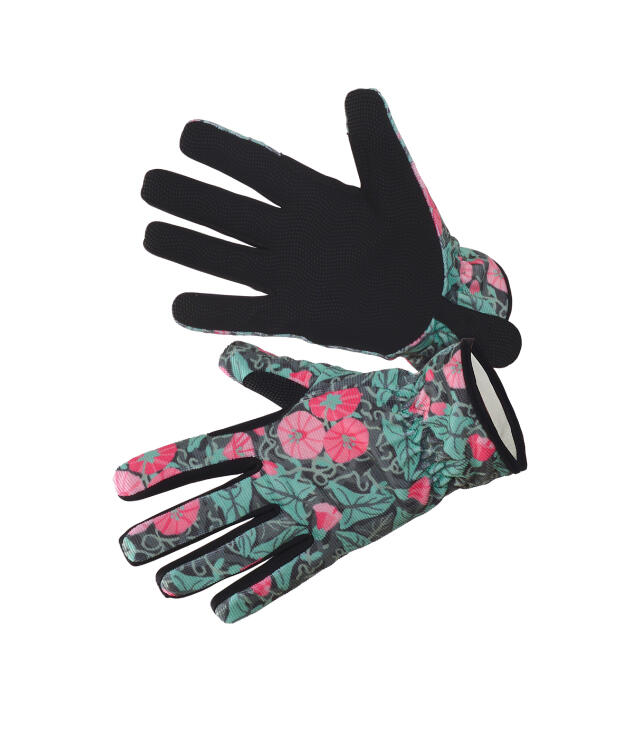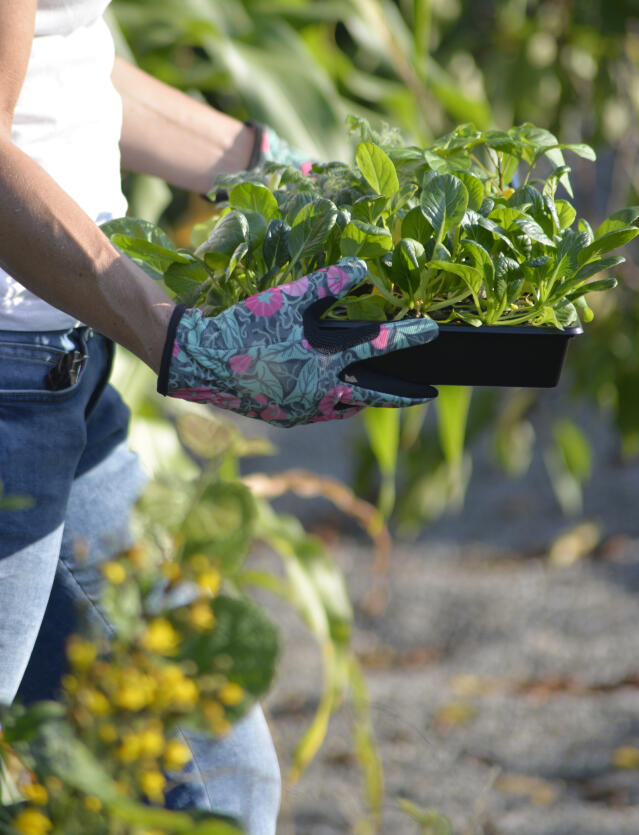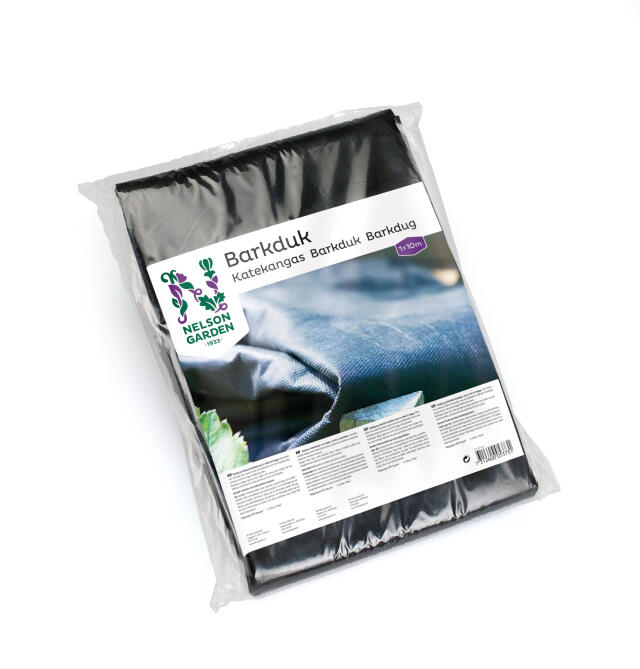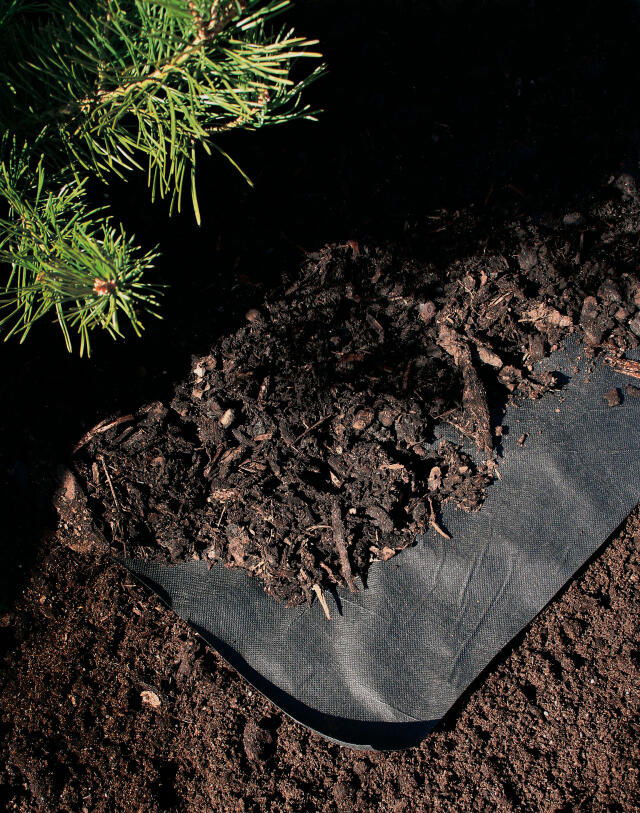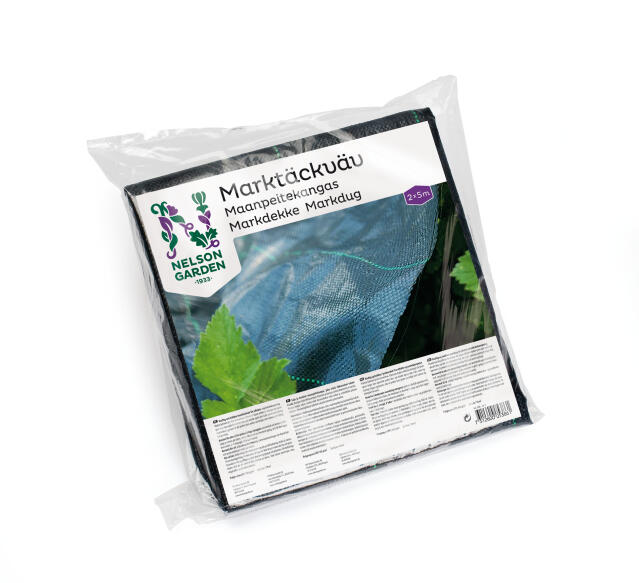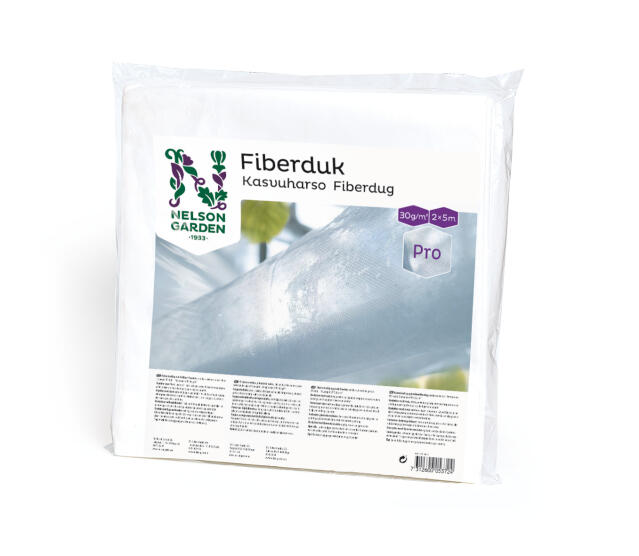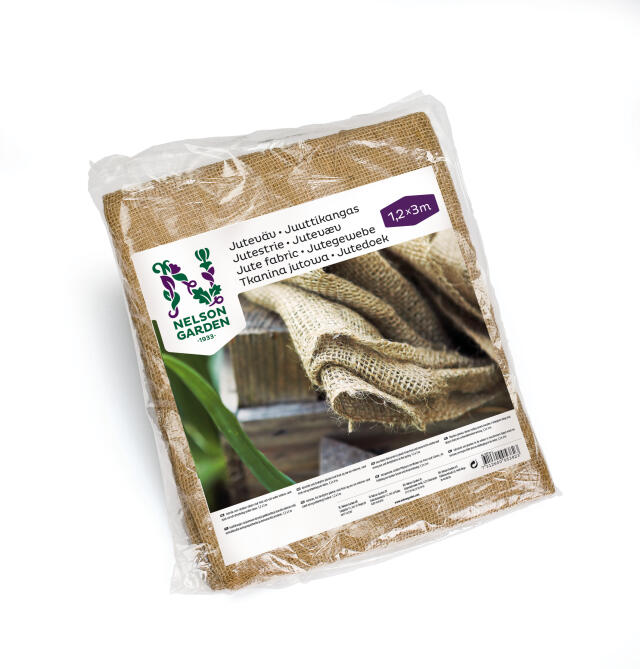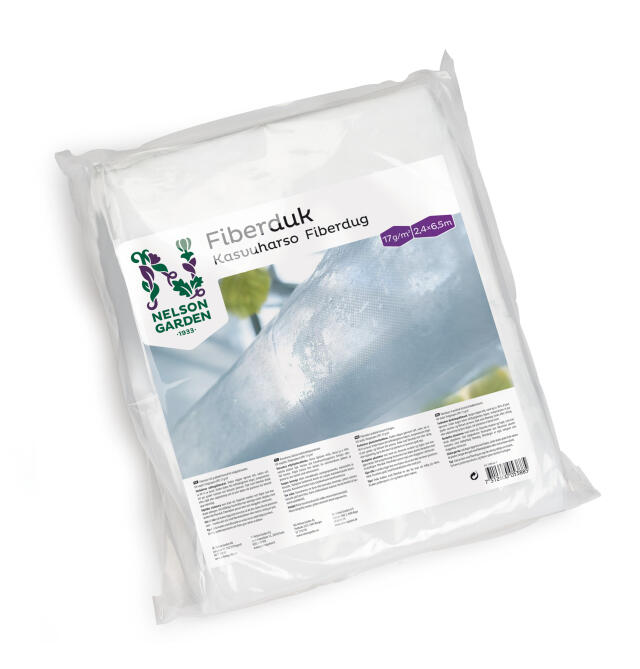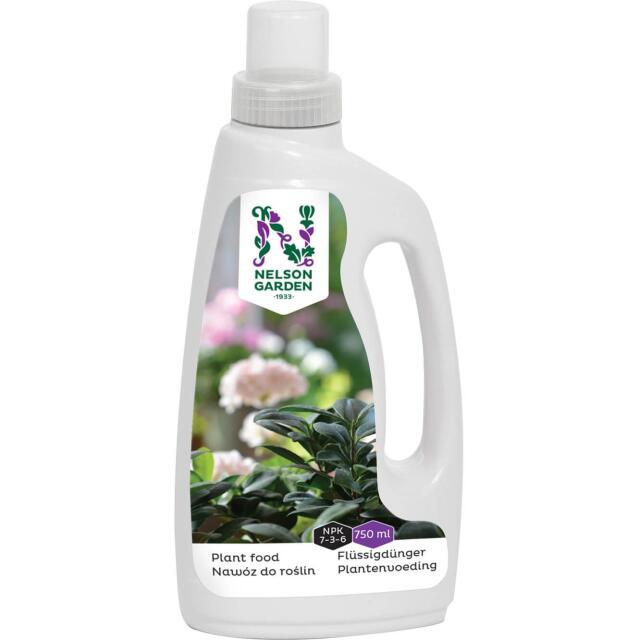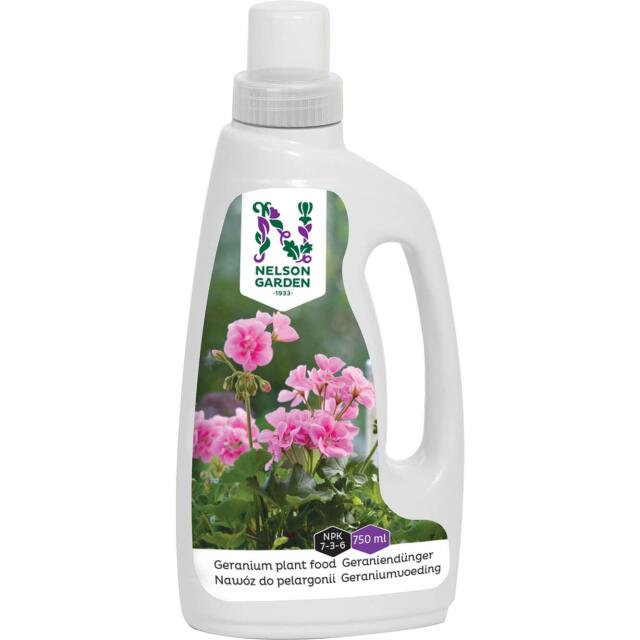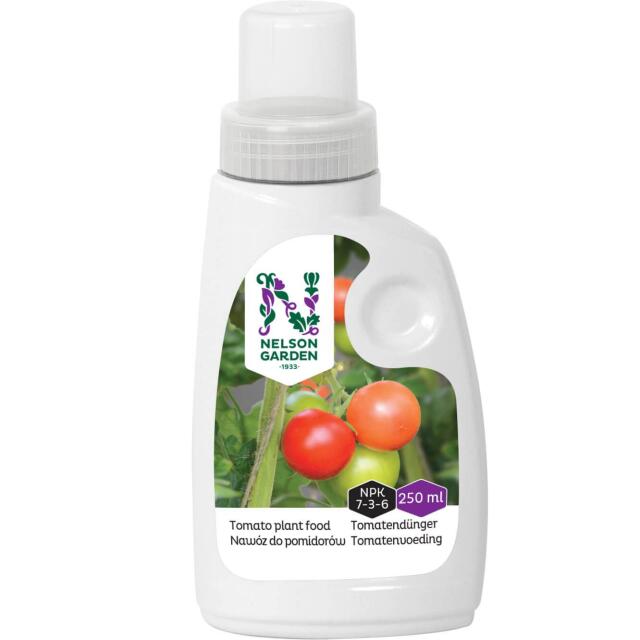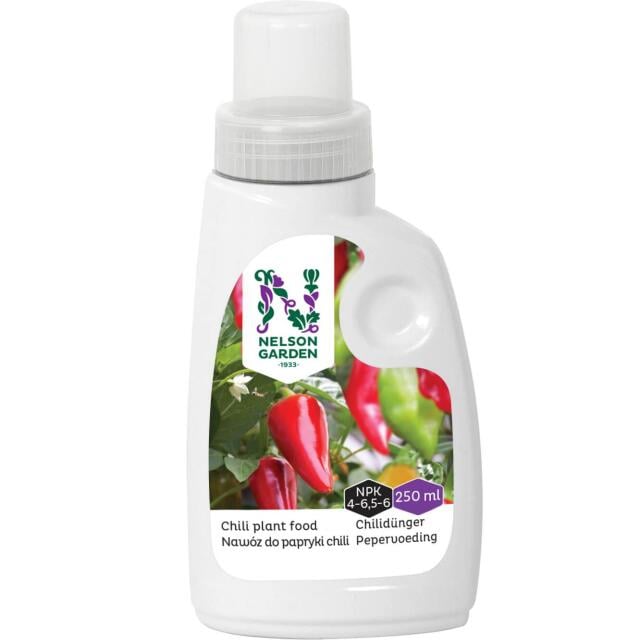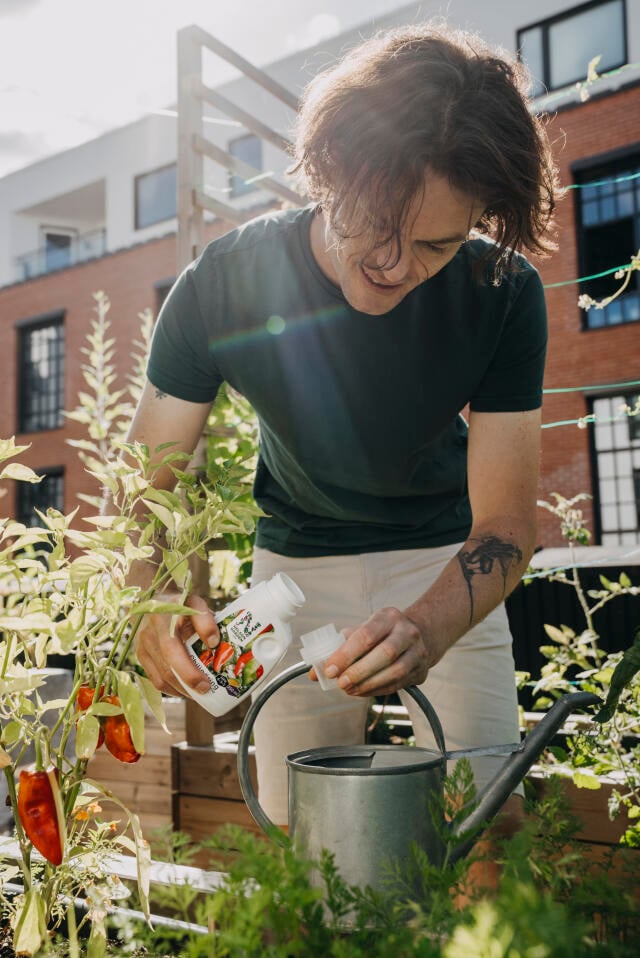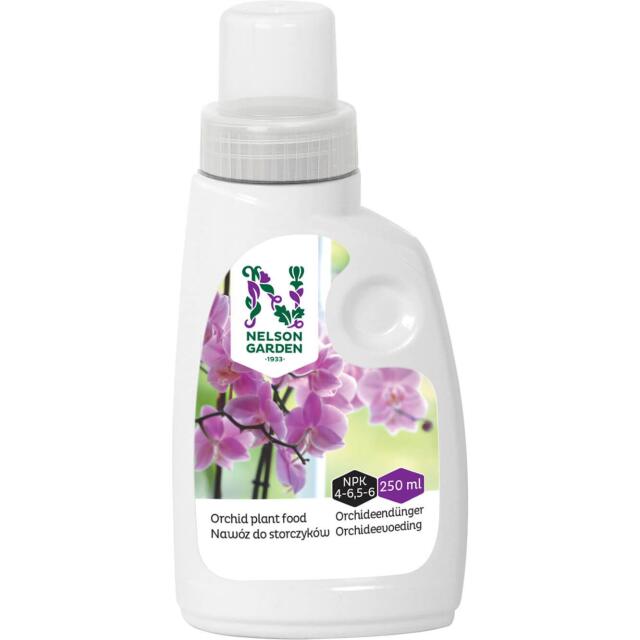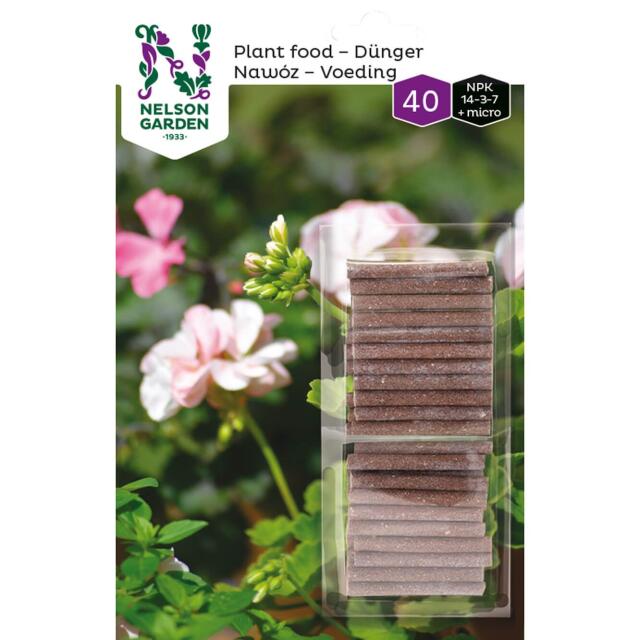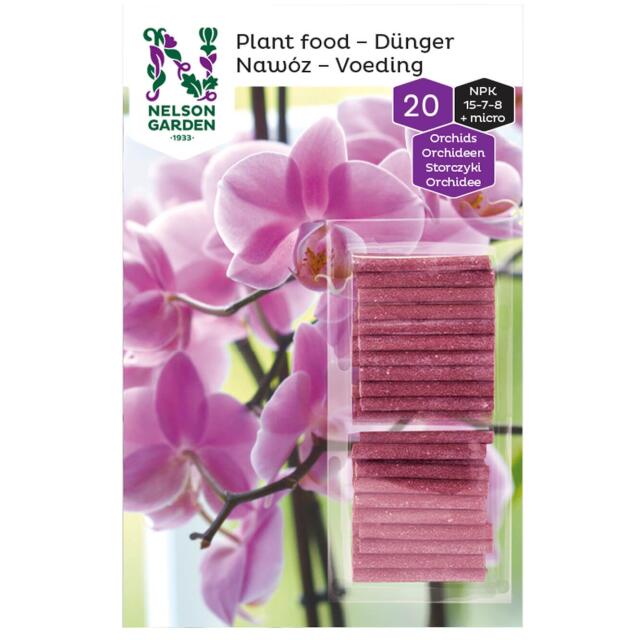Prepare your garden for winter
18 October 2021Before winter is arriving, there are some things you can do in your garden during fall to get a headstart in spring. For example, improve the soil in your garden and in your flower beds, take care of your tools, and protect your trees and shrubs. This way, you will thank yourself in spring! Also, preparing your garden for winter is an excellent excuse to be outdoors and enjoy the much-needed autumn sun.
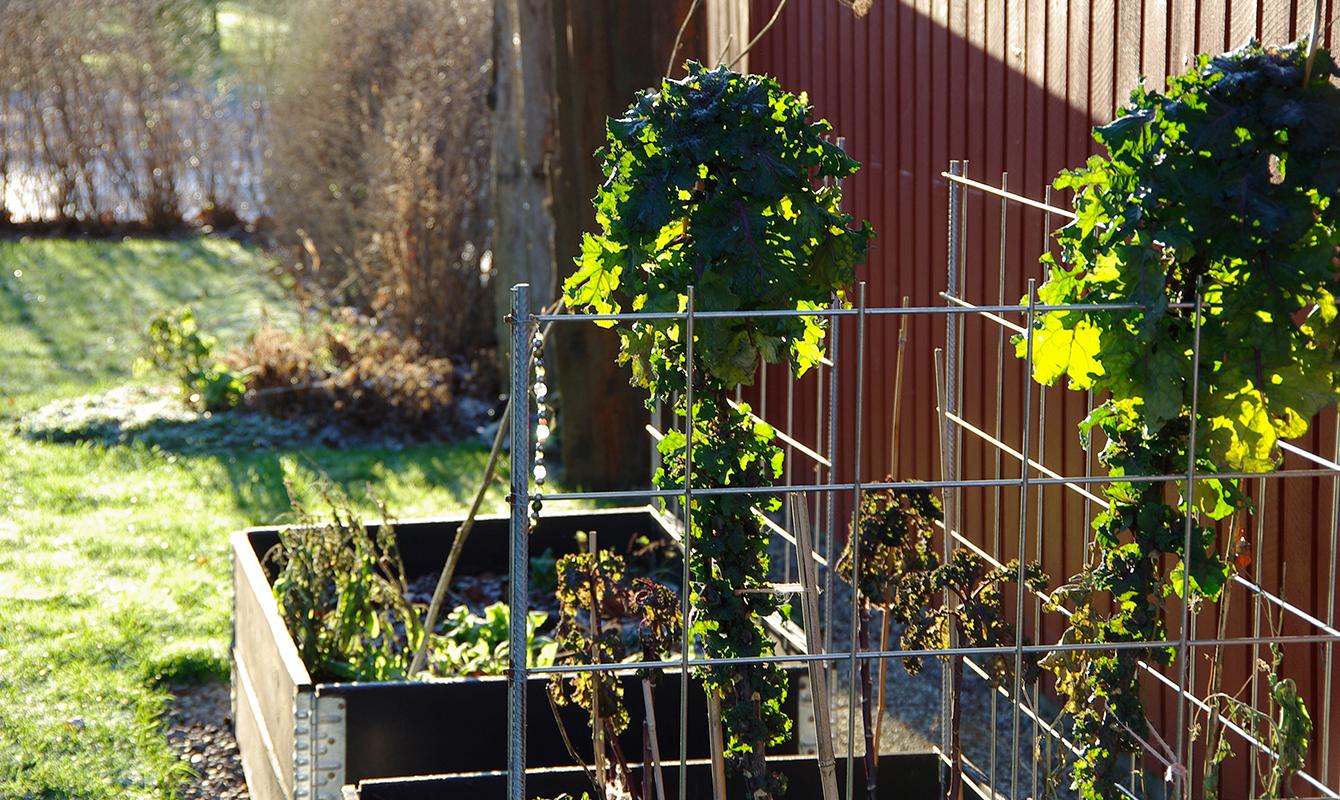
Cultivate the soil
Prepare and nurture your garden land by cultivating the soil during autumn. Cultivating soil is when you dig around in the soil to provide it with air and make it less compact. This is especially nourishing for clay soil. It’s like a massage for the soil!
By cultivating the soil, you also get rid of some of the weeds. Try to get rid of as much of the root system of the weeds as possible, especially of the perennial weeds.
While you're at it, take the opportunity to improve your soil by burying compost soil or leaves in your garden land or flower beds - this will improve the soil in the long run.
Make a leaf compost
Are there lots of leaves on your lawn? In that case, either drive over these with a lawnmower and then turn the mixed leaf into the soil, or put the leaves into your compost. If you wait until all the leaves have fallen from your trees before you do this, you only need to rake once.
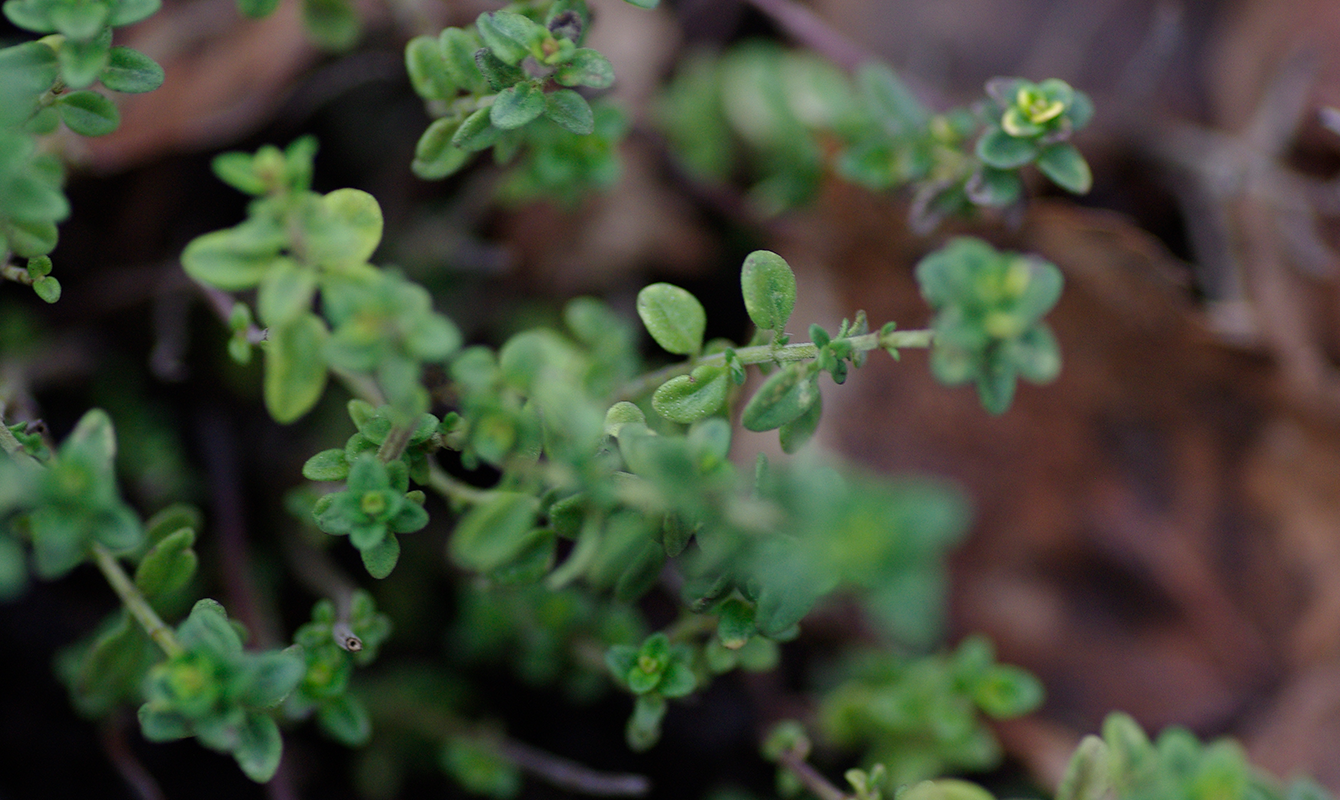
How to handle oak leaves
If you are making a leaf compost, do not include oak leaves. Oak leaves break down slowly and contain tannic acid which is disliked by many plants - except Rhododendron. Place the oak leaves around a Rhododendron plant if you have any. These plants thrive in acidic soil and also benefit from a leaf cover to protect them from the cold.
You can also mix the oak leaves together with other organic material in flower beds and in your garden land - then the concentration of tannic acid will not be that high. You can put the oak leaves that you do not get rid of on a separate compost pile together with grass clippings and sand.
How to take care of your garden tools and accessories
Once you're done cultivating for the season, make sure to give your tools and accessories a real nice treatment before they go into hibernation in their toolbox. Otherwise, they might get damaged and rusty, especially if they are outdoors during the winter.
Clean the tools properly, and feel free to lubricate the metal parts of the tools with oil to avoid rust and corrosion. This way, your tools will be well-preserved and feel brand new when spring arrives.
Don’t forget about your water hose. The hose must be taken indoors as well and emptied of water. Otherwise, it will be destroyed by frost damages when the water freezes.
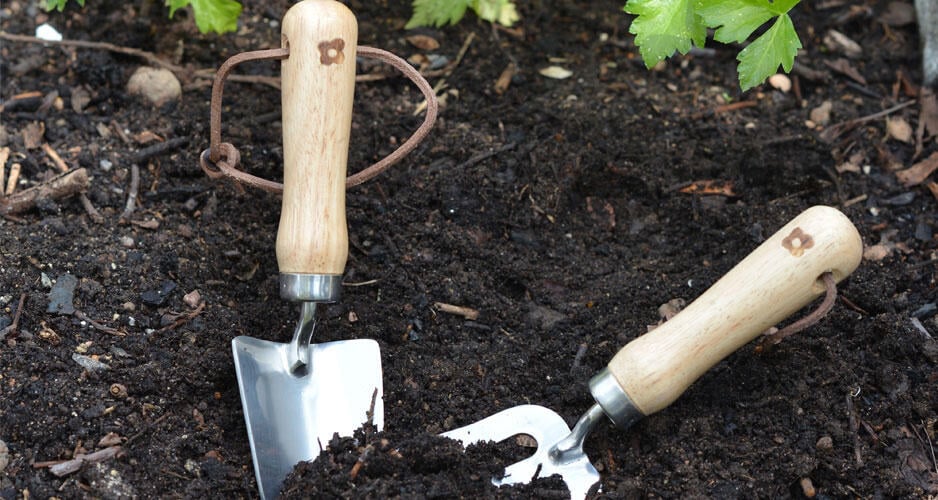
How to prepare plants for winter
Some plants do not need to be prepared for winter, like perennials. Strawberries and peonies, on the other hand, should be cut down to avoid leaf and peony mold, which might survive on the leaves during winter. Although, if the leaves look healthy (that is without dark dots and spots), leave them on the plant. The leaves work as effective protection during the winter.
If you have roses, cup them around the lower part of the stem with either mulch, fir twigs, or soil. You should not do this too early when the soil is moist - then fungal diseases might form. Wait until all the leaves have fallen and the surface layer of the earth has frozen.
How to protect trees and bushes during winter
During winter, hares and deers will look for food in your garden if you live fairly close to a forest. If you have new fruit trees or ornamental trees that do not have gnawing protection around their stems, you should put the protection up before the snow comes. Place the protection as tubes around the trees - the airspace between the protection and the stems make it difficult for hares and rodents to bite through.
If you have dahlia tubers or other flower bulbs which are sensitive to frost, you should take these indoors during fall. If you have dahlias growing in your garden, you can dig these up and put them in a box with some soil. Store the box in your garage or basement, or somewhere else that is cool, dark, and dry, during the winter. Feel free to label your tubers with the dahlia's variety name or appearance. The memory is seldom as long as winter is…
It is also a good idea to place a glue ring on the stem of your fruit trees. The glue ring will make it difficult for winter moths to climb up the tree stem and lay their eggs. The eggs will turn into caterpillars that can cause major damage to your trees in the spring.
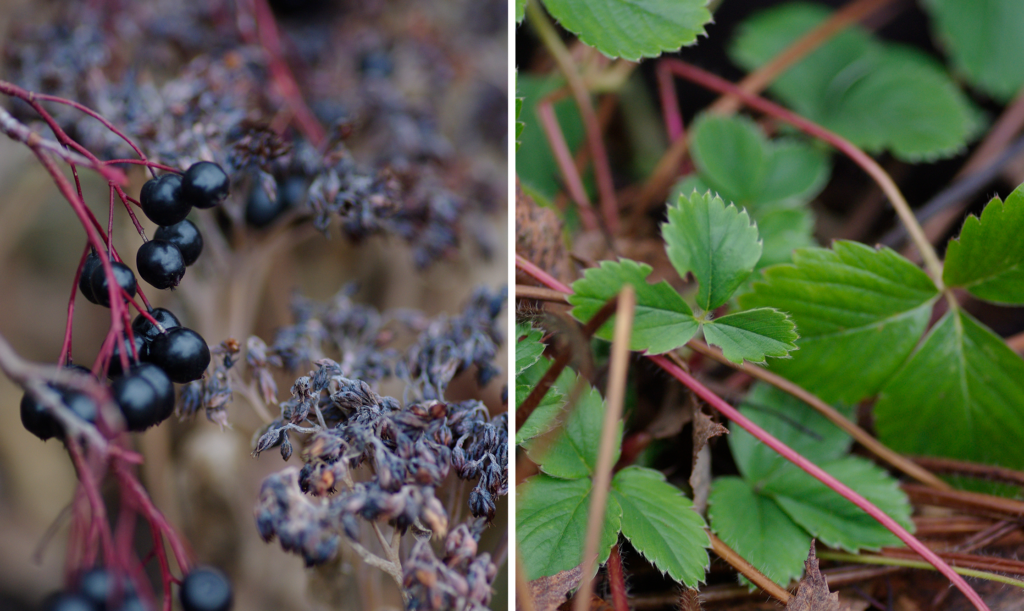
How to take care of Mediterranean plants during winter
If you want your olive, lemon, or laurel trees to survive the winter, you need to help them hibernate. Most plants from the Mediterranean region thrive in light and cool areas during winter - preferably between 5 and 10 degrees. Move them into your basement, or somewhere else that is cool, dark, and dry, and give them some extra light with grow lights.
